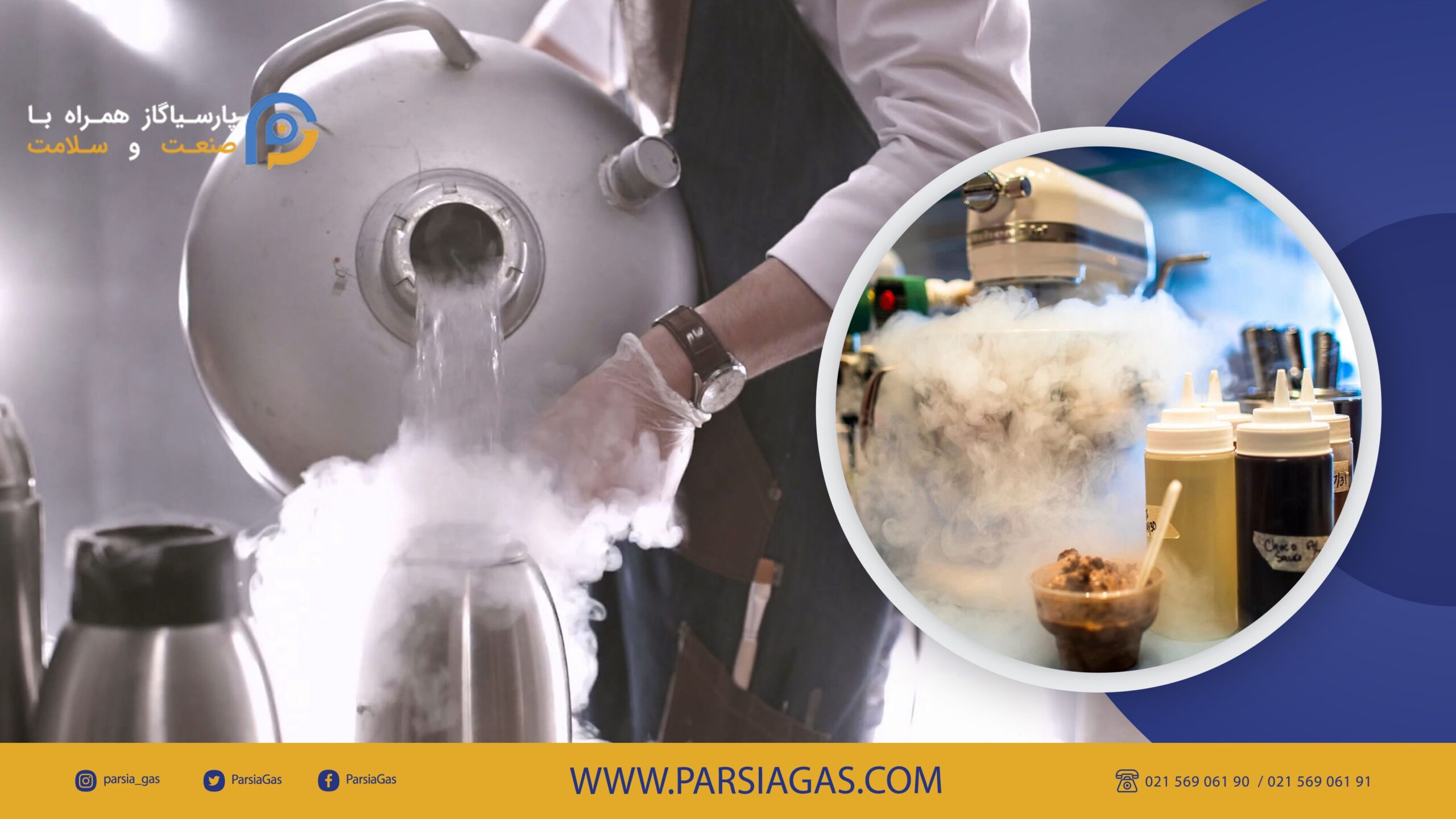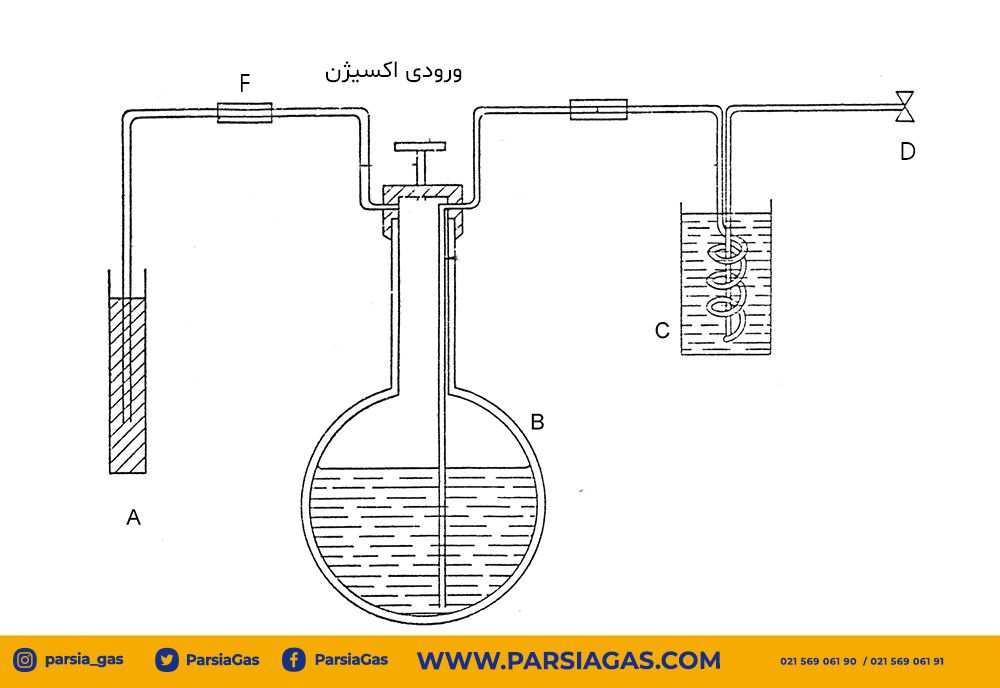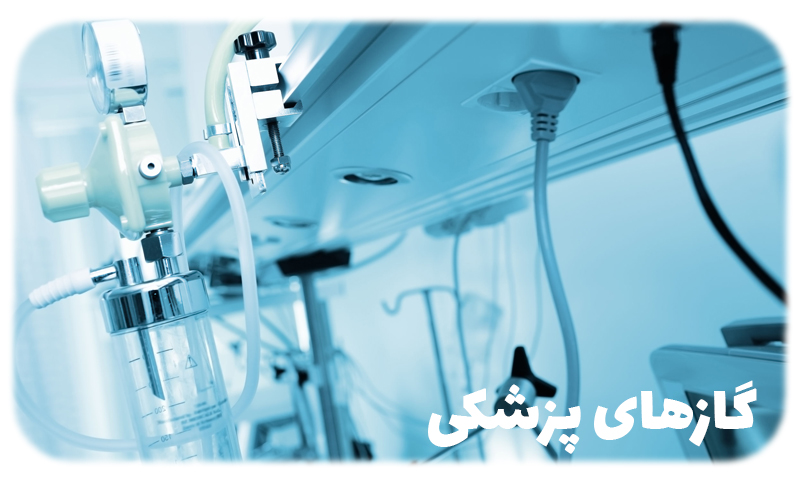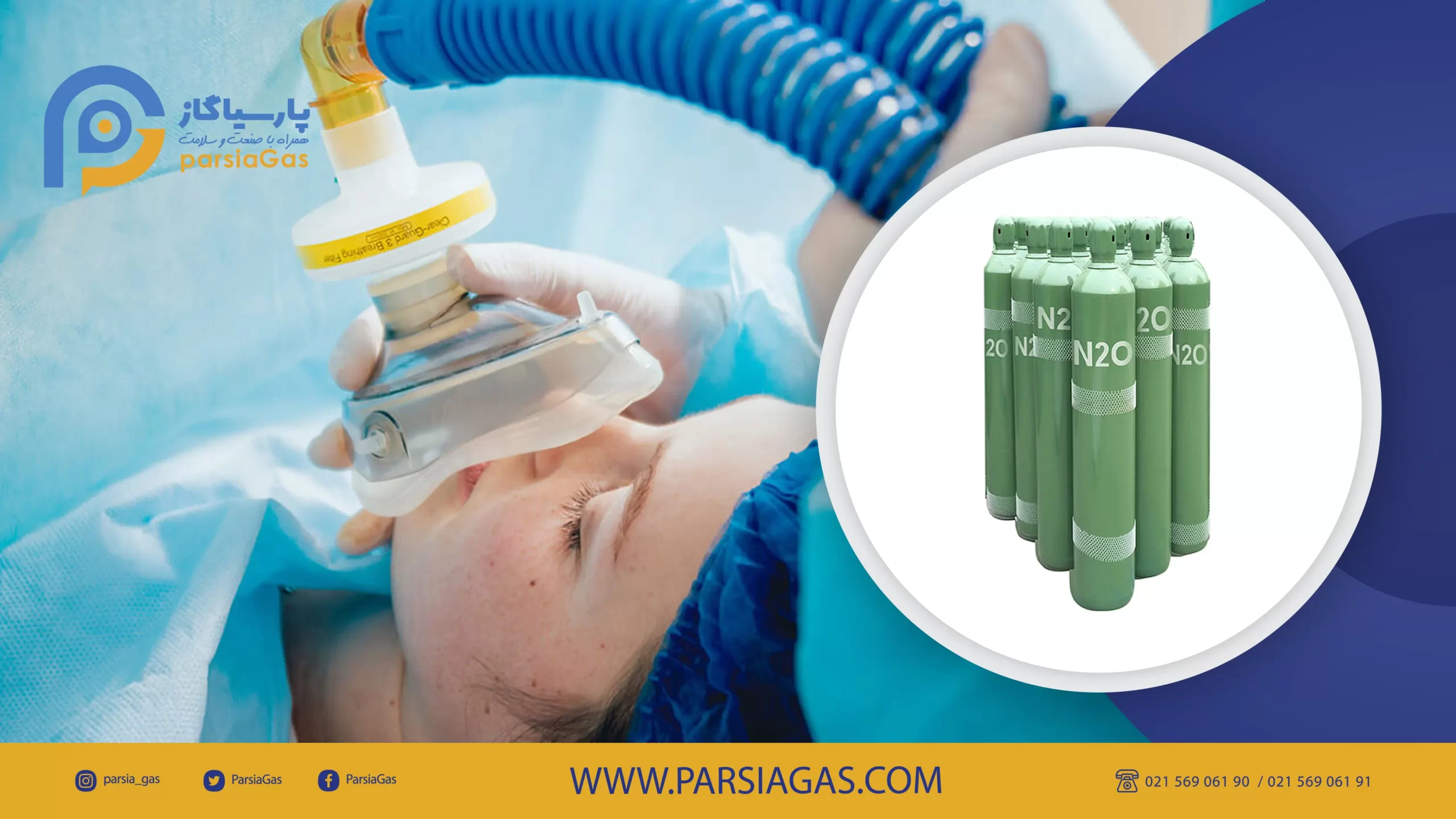Liquid nitrogen basics for home cooking
As technology continues to advance, so has the art of cooking. Cooking with liquid nitrogen is now popular.
Many restaurants have dishes that use this strange method to prepare these dishes.
You have probably seen in cooking exhibitions where the participant is wearing a special outfit for a scientific experiment.
You may have seen them wearing glasses and gloves while holding a metal can and you have wondered what is inside this can!
Until recently, placing food in liquid oxygen was only seen in high school science classes. But these days, it’s quickly become a mainstay of modern cooking.
What is liquid nitrogen?
If we consider the air we breathe, it consists of 78% nitrogen, 21% oxygen and 1% of various gases. To produce liquid nitrogen, the surrounding air is liquefied. Distillation is used to separate nitrogen.
Nitrogen has a boiling point of -195.8 degrees, so this clear, colorless liquid is brutally cold!
Liquid nitrogen is odorless and tasteless and prevents mold and food poisoning that may occur in the open air. Because its distinctive feature is that it freezes quickly, so it is used in foods that need to be frozen. Any contact with living tissue will cause immediate freezing.
Why is liquid nitrogen used in the kitchen?
As mentioned, liquid nitrogen is very cold. Therefore, it is not surprising that it is used to freeze certain foods. The USP of this new form of freezing is not how fast things freeze, but how they freeze.
If you put food in a regular freezer, relatively large ice crystals will form. This affects the quality of the product. Conversely, liquid nitrogen produces small ice crystals. These crystals give frozen foods a super creamy texture.
Delicious ice creams are a natural way in which liquid nitrogen is used in some pioneering kitchens. The consistency of the velvety front parts provided by ice cream machines to some extent.
Every time you freeze something, it creates crystalline structures in your food, which can destroy its cellular structure and affect texture. The faster the freezing time, the smaller and more beautiful the crystals will be and the less damage will be done to them. So when professional chefs use it, they manipulate not only the temperature, but also the texture. That’s not to say that temperature manipulation can’t allow you to do extraordinary things. It’s like doing it in a very hot environment, so the result will be very different.
Liquid nitrogen is perfectly safe to use in the kitchen, with some common sense precautions you should take.
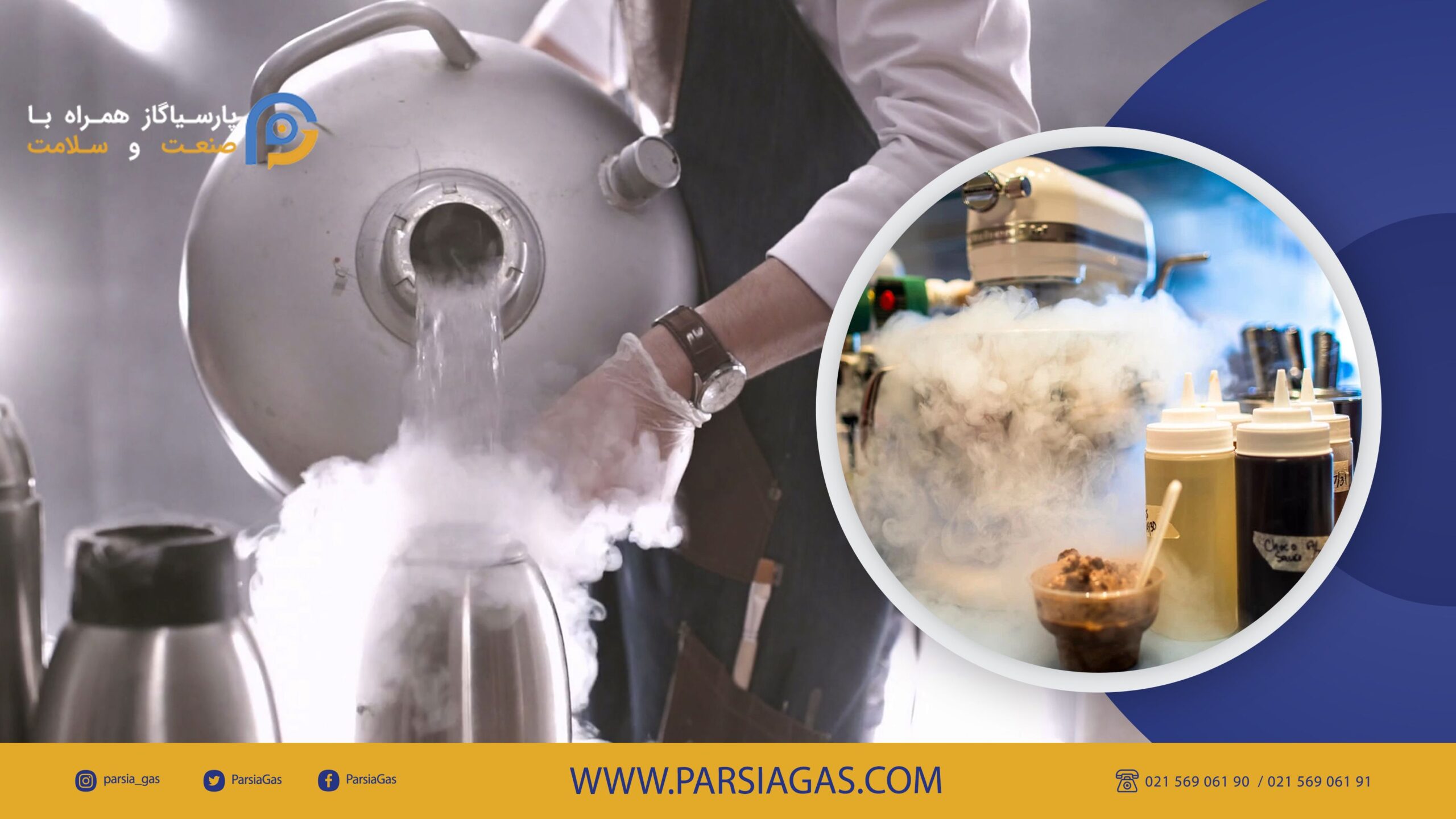
How does liquid nitrogen work in cooking?
It’s probably strange for you to consider dipping your food in liquid nitrogen and then eating that food, but you see it in kitchens these days and it’s very attractive.
Once it has done its cooling job, it evaporates quickly. All that’s left is your frozen food. Sure, its structure has changed, but it’s not contaminated in any way.
Liquid nitrogen naturally always rises. This means that you should add the food to the container filled with liquid nitrogen, not the other way around. If you add liquid nitrogen to food, only the top of the food freezes.
When liquid nitrogen is mixed with ice cream, the solution must be mixed with the liquid nitrogen being mixed. This means that the entire mixture comes into contact with liquid nitrogen.
Where can I buy liquid nitrogen?
You can get liquid nitrogen from gas producing companies and factories. Although the price list of these factories is different, in general, the liquid nitrogen gas itself is very affordable. Some stores have specified a minimum price for the purchase. You can also contact Parsia Gas, basically, the information of these companies and gas producing factories to buy liquid nitrogen is available on their website. You should also keep in mind that when you transfer liquid nitrogen to any container, Some of it evaporates in the process of cooling and transferring. The rest evaporates with the passage of time. And the amount of this evaporation with the passage of time depends on the size of the liquid nitrogen gas chamber.
Is liquid nitrogen safe?
It’s definitely not a good idea to have cans of it lying around casually. Special equipment must be used when working. Gloves resistant to such low temperatures and special glasses are essential. Special canisters are designed to make the process safer, but be sure to exercise caution if you plan to work with liquid nitrogen at home. If a little comes into contact with your skin, it won’t do any harm. Due to the thermal shock of contact with the skin, liquid nitrogen turns into gas. However, it freezes clothes and should never come near your eyes. In terms of safety, the key point of ignition is ventilation. If kept in a tightly closed container, it can be very dangerous. An increase in pressure will cause an explosion. This gas is actually 700 times the size of liquid. If liquid nitrogen is used with improper ventilation, it can cause suffocation. Also remember that when thawing food frozen with liquid nitrogen, it is essential to allow it to return to a suitable temperature for consumption. Take your time and take care! Here are the things you need to know to use liquid nitrogen in cooking: The Dewar wall is a special container that both insulates and reduces the pressure from the expanding gas inside. This is the safest way to handle and store liquid nitrogen, and you’re unlikely to find anyone who will sell you liquid nitrogen if you don’t have one of these. Even a small dew will cost you a fortune, but you can buy second hand varieties or even get lucky and find a place that will give you these dews when you buy your liquid nitrogen. rent it so that its price is affordable compared to buying a new one. Small insulated containers You probably have a question about how to get some liquid nitrogen to the kitchen? Best option: an insulated vacuum coffee dispenser. Unlike thermoses, these are not completely sealed. Sealed containers are not suitable for any liquid that evaporates quickly. Cooking Basics When you’re actually using liquid nitrogen, you don’t need any specialty items. Some things to have on hand: a stainless steel mixing bowl to pour the nitrogen into, tongs, slotted spoons, and a long-handled sieve to remove the food from the nitrogen bath. Also get a hammer or meat tenderizer, because you want to break up the food that you have frozen solid.
be careful!
Use safety glasses. Safety glasses protect your eyes from liquid nitrogen splashes (liquid nitrogen boils anyway). Cold Protective Gloves Because liquid nitrogen is very cold, liquid nitrogen can cause frostbite if there is prolonged skin contact, but if you move the liquid quickly enough, the risk is relatively low. Momentary contact won’t be a problem thanks to the Leydenfrost effect—a protective layer of evaporating gas forms between your skin and the liquid as it boils—but the protection isn’t long-lasting. Wearing gloves is the best practice and can also protect you from items that can get very cold. Leidenfrost does not protect your eyes, so keep your safety glasses on. Ventilate. One liter of liquid nitrogen turns into 700 liters of nitrogen gas after evaporation. Enough in a small, closed space can kill you. You can simply prevent this from happening by displacing the oxygen you need. It is called inert gas suffocation. The solution to this problem is very simple, just open a window or leave the door open. Just don’t seal it. Nothing can hold the pressure of liquid nitrogen turning into a gas and it will explode if there is no way for the gas to escape safely from the container. That’s why you pay so much for this enclosure. Because it is designed not to explode. Do not put in your mouth: extremely cold metal spoons; High-moisture foods that have just come out of a liquid nitrogen bath. Or do not put liquid nitrogen in your mouth. Make your ultimate quick frozen ice cream. Using liquid nitrogen for part of your dessert is a neat trick. However, using it for your entire dessert is very impressive. Here’s how to make sundae ice cream and how to decorate it using this amazing liquid.
Ice creams and 5-minute desserts
For the ice cream, prepare your ingredients until they freeze, then mix these ingredients in a bowl. While stirring the mixture, add an equal amount of liquid nitrogen (be careful not to overfill the bowl). For a stand mixer, use a flat connector. If the ice cream is not cold enough to smoke, just add more liquid nitrogen. For fruit ice cream, you can use your favorite fruit juice.
Place the ice cream at room temperature in a squeeze bottle and quickly pour the small drops into a container filled with liquid nitrogen so that you have a batch of small frozen balls. Take them out of the container filled with liquid nitrogen with a sieve or special tongs.
Pour the warm, tempered chocolate into a bag and swirl the chocolate directly into the liquid nitrogen bath to form a chocolate nest.
Frozen solid raspberries can be divided into individual portions and citrus into individual juice bags. Freeze them, chop them up to separate, and then let them blanch for juicy flavor and texture.
Mint and basil are perfect for decorating desserts. Freeze these herbs until they become brittle, then chop them. Use the powder while it is still frozen to create a dusting effect on the screen. Once the powder is thawed, it retains its fresh, strong herbal flavor, so you don’t need a lot.
Take a marshmallow and freeze it in liquid nitrogen for 40-50 seconds, then take it out, wait about 10 seconds and put it in your mouth to see your breath coming out of your nose. This is a really cute trick that works well with non-moist foods, so you can also experiment with small cookies or dry cookies.

